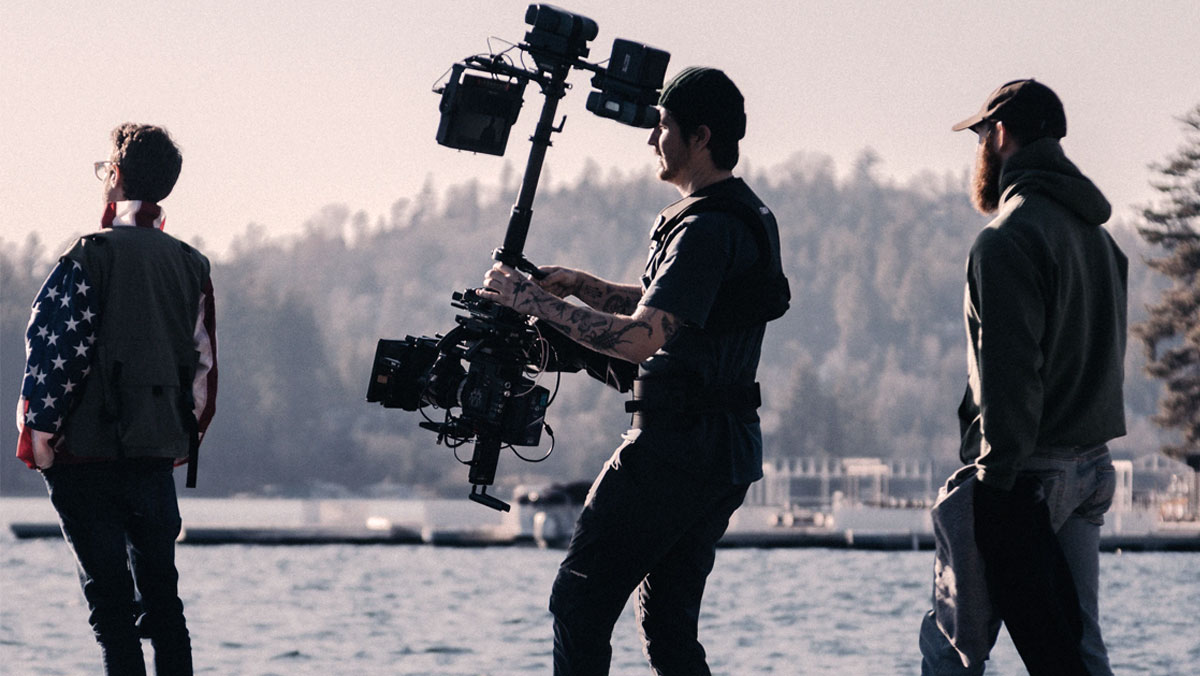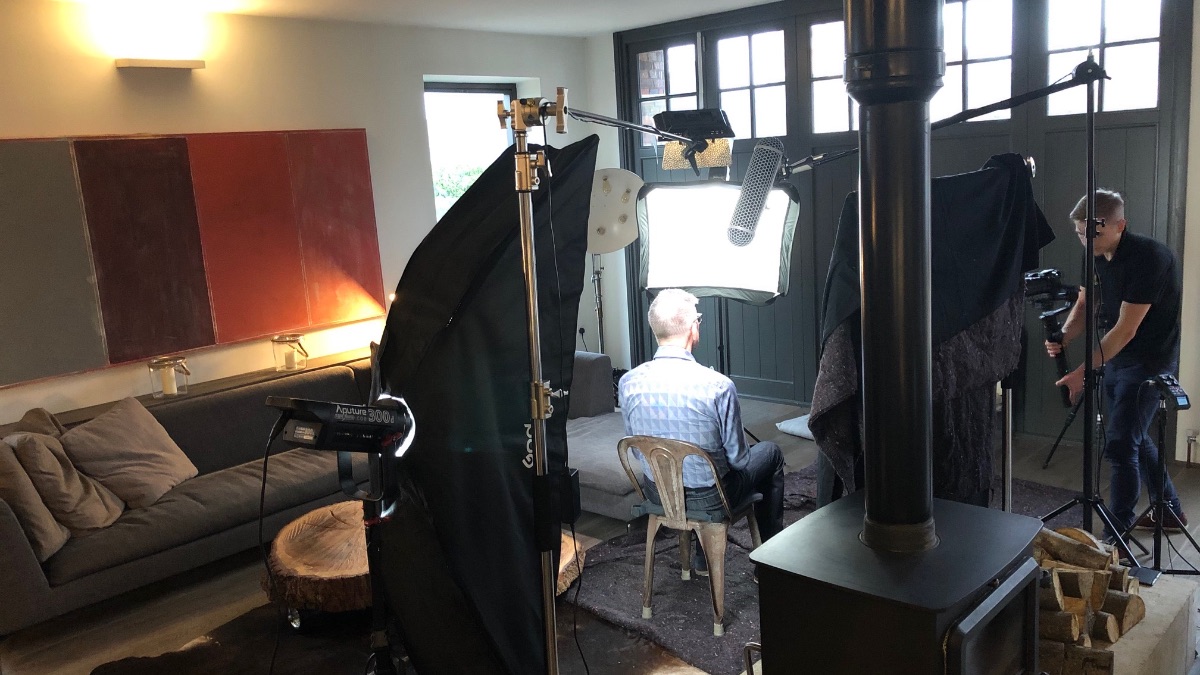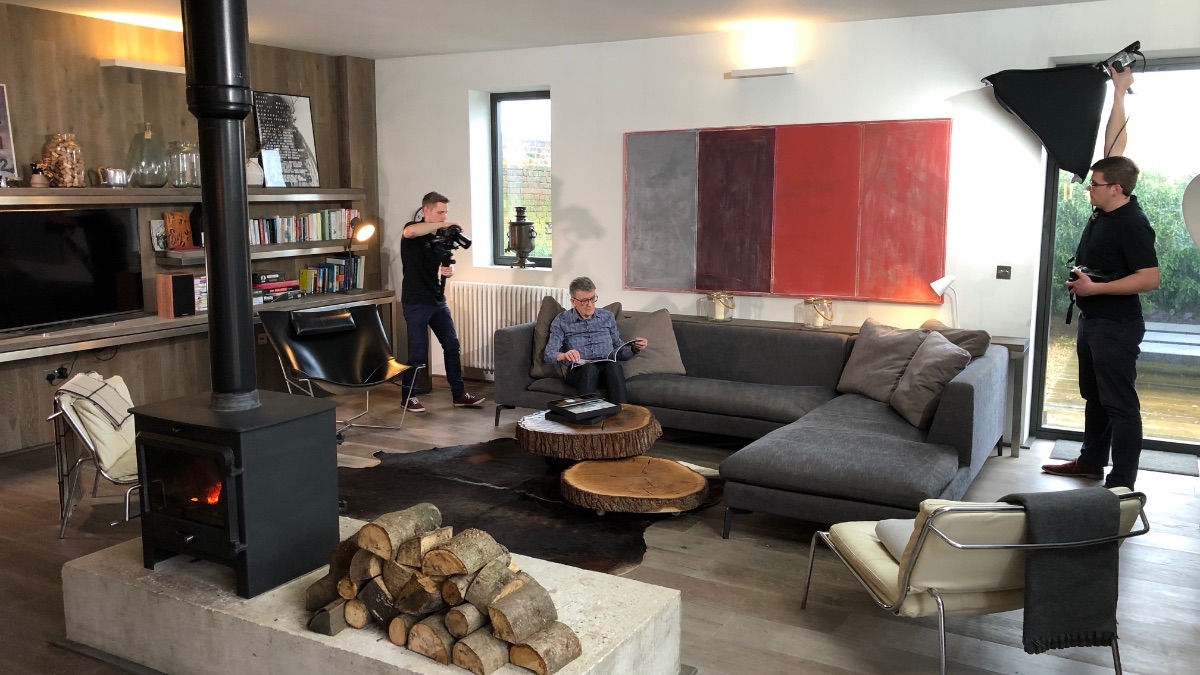
As brand communications become increasingly virtual and remote from real life and people, video remains a powerful way to connect with your audience and bring your ethos, values, and personality to life.
Harnessing the power of vision to tell brand stories is hardly a new idea. As early as the 1950s, daily TV shows centering on domestic life and drama were routinely sponsored by soap manufacturers — hence the name ‘soap opera’. Today, we have a vast array of highly targeted ways to reach specific audiences, but the basic premise remains the same. Through words, pictures, music, and other effects, video allows you to engage with your audience on many personal, emotional, and sensory levels. The challenge is to identify, then tell the stories that will give people a real insight into, and connection with, your brand. And that means having a strategy.
“Moving” Images
The key to creating successful video content is to think beyond your product or service, or any idea of trying to ‘sell’ it. The object is to share information with your audience and show them things about your brand’s philosophy, practices, and personality that will resonate and stick with them.
One proven way to do this is through interviews with team members, founders, influencers, or special guests. OK, this may seem obvious, but that doesn’t stop it from being highly effective; which, of course, is why so many brands do it. And as well as giving a literal human face to your brand through video, you can reuse the audio as a podcast and give it a voice, too.
Having said that video isn’t primarily about selling, its ultimate purpose is sales and marketing, not art and entertainment. Like any other promotional activity, then, your video needs to relate back to your audience, the things they care about, and where you can meet them halfway. Whatever its eventual angle and style, the essential narrative for your video is how your brand can solve a specific problem for your target audience. At its heart, it should remain true to your brand values and demonstrate the relationship you want with your audience.
The brilliant thing about video is that there are almost infinite ways to create something that uniquely represents your brand and sticks in the viewer’s mind. You can play with all kinds of storytelling techniques, from documentaries, homages, and spoofs to ‘true-life’ narratives or running dramas with fictional characters. Whichever route you go down, though, it should be distinctively, unambiguously ‘you’. To put it simply: Without your logo on it, would people know it was yours? The whole idea, after all, is to stand out from your competition and create a real point of difference.
Honest Images
But it’s not enough just to say it. In today’s cynical, hyper-aware, and ultra-connected world, trying to create a false impression or be something you’re not is fatal: Your audience will spot fakery a mile away, and make sure everyone else knows about it. In video, as in life, honesty is the best policy. Show your brand as it really is and play to your real, rather than imagined, strengths.
Honesty is especially crucial when it comes to emotions. You’re trying to build loyalty, trust, and connections with your audience, so resist anything that smacks of manipulation or cheap sentimentality. Use colors, locations, humor, music, voices, and anything else that touches people’s emotions, but always with a view to encouraging positive responses and building your brand recognition.
This brings us back to video as a brand communication tool. Before you shoot a single frame, you need to define your goals and objectives: This will help determine what type of video you’re going to make and where it will appear.
Planned Images
Our recent video for Spendor Audio, for example, was made to provide clear guidance to retailers and final customers about the difference between the company’s three product lines. Through discussion with the client, it became obvious that an interview-based video would be the ideal format.
David Ayers, Creative Director: “The video’s main objective was to support and educate Spendor retailers and distributors worldwide, helping the brand talk about and sell each product with greater authority, clarity, consistency, and enthusiasm. However, since it would appear on the website, and thus be accessible to customers too, it also had to capture the essence of the Spendor brand, not simply replay technical details available elsewhere.
We advised that the video should center on the knowledge, passion, and personality of Spendor’s owner and Managing Director, Philip Swift. We also determined it must not be a technical ‘lecture’, but focus on the customer’s listening experience and be authentic to the values set out in the Brand Essence.”
Shooting video is intense, so careful planning is essential. Even videos that look very natural and ‘off the cuff’ will have been storyboarded and scripted to the last detail by someone. Before our Spendor shoot, we held an in-depth ‘pre-recording’ session with our main subject and interviewer so they could get to know one another and go over the questions and answers in a relaxed setting.
Excerpt from David’s email:
“Here is my proposed ‘draft’ agenda for the recording day. I suggest we capture the b-roll footage first, whilst we have daylight, and then shoot the interview when studio lights could be used. Shooting the b-roll first might also help relax Philip.
9am – 6pm.
9am – 11am (set-up and environment planning).
11am – 12pm (practice shots / composition test shots).
12pm – 1:30pm (b-roll footage of Philip, and b-roll of the environment / speakers).
1:30pm – 2pm (break for lunch / review / discuss).
2pm – 5pm (interview between Nick & Philip)…see notes below.
5pm – 6pm (pack-up).
Rough breakdown of the interview timing:
Introduction to Philip and his history, how and why he acquired Spendor @ 20%
Product range @ 70%
Looking ahead: emphasize that Spendor, and Philip, are always focused on the future @ 10%”
Prior to the shoot, we planned an informal, audio-only interview between the copywriter and Philip Swift, to carve out a direction for the video and to make sure Philip came across comfortable. Whilst this was happening, we were able to focus on the location and provided our client with a selection of potential properties to use. Leading up to the shoot we made sure we had the correct props to help capture the essence of the Spendor brand.
We wanted the interview to come across natural and honest so we decided not to create storyboards and overly worked reconnaissance. This was achievable by working with trusted professional videographers. We had one day to capture the interview-style piece and any B-roll footage. We filmed within a stylish but homely domestic setting where Philip felt relaxed and comfortable, and we could place loudspeakers to demonstrate their unobtrusive, easy-to-live-with design.
Email from Philip Swift:
“It was a challenging/enjoyable/hard-working/highly-productive/well-organized/efficient day for everyone. Everyone was so well focussed and clear about our objective – it was a pleasure to work with you all.
Can’t wait to see the final result.
Kind regards (from Norway)
Philip
Philip Swift
Spendor Audio Systems Ltd”
The finished product is truthful, insightful, conversational, and personal, and provided unexpected insights and revelations that might never have emerged otherwise.
For branding agencies like us, making a video is a wonderfully creative process; but there are some important technicalities you have to bear in mind too. For example, subtitle captions are a must, both for SEO and to boost engagement on social media: Studies show that 85% of videos on Facebook are watched without sound. And the sad fact is that the time and attention you lavish on your masterpiece may not be reflected in your audience’s attention span. Hubspot recommends that for Instagram, 30 seconds is the optimum length. For Twitter, you can give yourself 45 seconds; on Facebook a minute, and up to three minutes for YouTube. It really isn’t that long. So think like a journalist. You need to hook people in and get your main message across in the first few seconds. Then, if they don’t stick around, at least you said what you wanted to say, and needed them to hear. Make it clear at the very beginning what the video is about and what they’re going to get.
The good thing is that your video doesn’t need to be expensive to produce. For most video destined for sharing on social media, keeping your content simple and raw makes it look and feel more authentic — and that’s what really matters to your audience.
Cover image source: Jacob Owens


